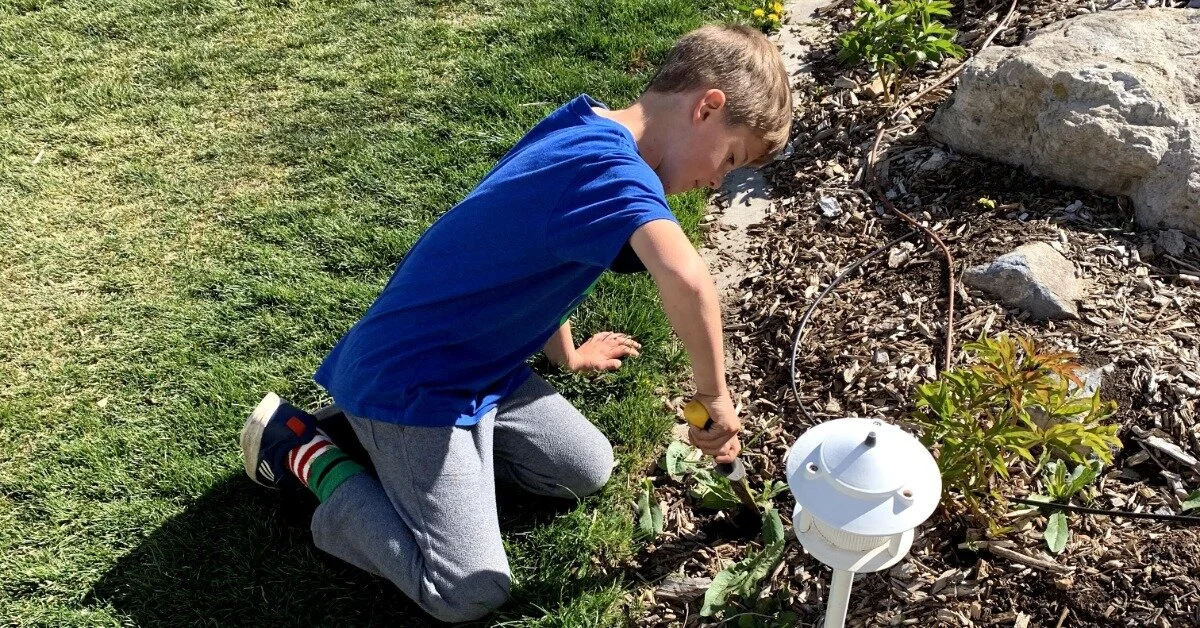Flower Spotlight: How to Grow Gomphrena
Looking for an annual cut flower that is easy to germinate, low maintenance, and no-fuss post-harvesting?
How about a flower with a two-week vase-life?
Gomphrena (also known as Globe Amaranth) is that tiny but mighty workhouse flower every farmer should be growing—and one that every florist should consider incorporating.
Using Gomphrena in Floral Arrangements
Fresh or dried, gomphrena offers a playful, delicate, and diverse texture in bouquets and arrangements. It’s the perfect accent for any design piece needing a little extra interest or volume.
While not available in every color of the rainbow, you can find seeds in both bold and muted pastels of purples, pinks, oranges, reds, and true white. Each variety has the most subtle gold or white stamens presented in a halo around the flower's perimeter that look like miniature fireworks.
Even more captivating, there is a fireworks variety of gomphrena where these explosions are fully displayed. (Little known fact—these “fireworks” are the proper "flower" of Gomphrena. The flower's colorful papery sections are called bracts, which are essentially modified leaves.)
How to Grow Gomphrena
Sow gomphrena seeds indoors 6–8 weeks before the last frost into pre-moistened seed-starting mix. Seedlings will emerge on average after 7–14 days, although using a heat mat will speed germination.
These guys are slow growers, so do not be discouraged if for the first couple weeks (or more!) you're staring at the same set of leaves. Grow under lights until plants have at least two sets of true leaves and begin hardening off to prepare seedlings to be planted outdoors.
Gomphrena does not need to be pinched, as the plant will branch naturally. Direct outdoor seeding is not recommended unless you’re in growing zone 9 or above.
Growing Conditions for Gomphrena
Gomphrena will grow in almost any soil condition, but it must be well-drained.
Select an area that receives at least 6 hours of direct sunlight per day. Place plants about 7 inches apart as they will be bushy and need adequate space.
This plant can reach up to 24 inches in height with an 8–10 inch spread at maturity. Coming from someone with a limited growing area who plants extremely tight (maybe even half of what seed packets suggest), this is one plant that needs breathing room. However, gomphrena does not require any supports, tying, or corralling. It is not prone to diseases or pests, but it will attract bees and butterflies. Again, this is a great low-maintenance flower!
Here in South Eastern Pennsylvania (zone 7a), gomphrena is a sleeper for much of early summer. The average days to full maturity will be between 85 and 100 days.
Some first-time growers and home gardeners have prematurely written this plant off for its underwhelming early-season performance, but gomphrena will explode when the days are the longest and hottest. This is one flower that will thrive in the heat and bloom all the way up till the first hard frost of the season.
Harvesting Gomphrena Flowers
As with most cut flowers, the best time to harvest gomphrena is early morning or late evening when the plants are at their coolest and most hydrated.
Choose flowers that have color to them but are not fully open and have a bit of stiffness to their stems. Stems with freshly bloomed flowers will have a slight wiggle and may be prone to minor wilting. However, the flowers themselves do not show signs of wilt, and these stems can be used in an arching, more whimsical style for arranging.
Early season stems will be slightly shorter with less branching, where late-season stems are longer with more flowers per stem. Don't be afraid to harvest, though—the more gomphrena is cut, the more it blooms. With floral preserve, gomphrena will almost always be the last flower standing in a vase or arrangement.
Drying Gomphrena Flowers
As if Gomphrena didn't already prove its worth as a fresh cut flower, it packs an even bigger punch as one of the few flowers to faithfully hold its color when dried.
Other flowers can end up looking dead when dried, but gomphrena holds its original beauty.
These little flowers are perfect for adding into dried arrangements, wreaths, or even kept in bunches on display. The stems can also be removed and the flowers attached to wreaths using hot glue if desired.
For drying, harvest Gomphrena after the flowers have fully opened. Strip the velvety leaves and gather them into bunches using string or a light wrapping with rubber bands.
String tends to be more cumbersome upfront, but the flowers and stems will be fragile after drying, and rubber bands can be more abrasive to remove. Hang upside down in a dry, well-ventilated area for a few weeks.
Save some space in your farm plan for gomphrena and take advantage of this low maintenance flower that rewards with blooms thought out the growing season and beyond.










